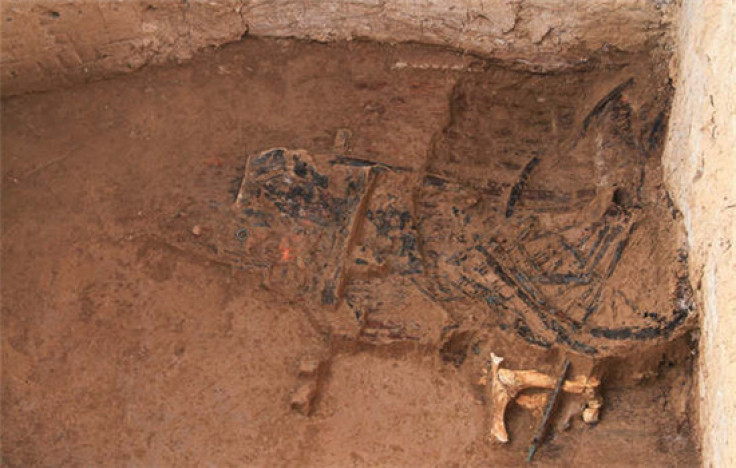Chinese Imperial site tells story of ancient animal sacrifices to the deities
A site used by Emperors to sacrifice animals has been uncovered in China.

Chinese archaeologists have discovered a site that may have been used by the ancient Emperors of China to carry out animal sacrifices. Known as Yongshan Blood Pool, it is believed to have been used to slaughter and bury cattle.
The discovery was made by researchers from the Shaanxi Provincial Institute of Archaeology working in close collaboration with scientists from other Chinese institutions. Since last April, they excavated 2,000 square metres on the sacrificial site, China Daily reports.
The site, located in Shaanxi province in central China, is believed to date back to the Qin (221-206 BC) and Western Han (206 BC-AD 24) dynasties and could thus improve archaeologists knowledge of the social institutions and the rites taking place in Imperial China.
"The excavation focused on a rammed earth platform and sacrificial pits, and it is the first time we have found such imperial sacrificial sites, which are identical to ancient records," the lead archaeologist of the mission Tian Yaqi said.
In the pits, they found a total of 2,109 artefacts including wooden and bronze chariots as well as jade articles which were helpful in dating the site. There was also evidence of livestock being slaughtered at the time at this site, which would explain the name "Yongshan Blood Pool".
Sacrifices in ancient China
The practice of sacrificing animals existed in China as far back as Neolithic times. "Even before the Qin and Western Han dynasties, animals were offered in sacrifice to the ancestors and to deities. Grains and fermented alcohol were also typical sacrifice offerings. These practices lasted well into the medieval period and possibly even after", David Sena, preceptor in literary Chinese at Harvard University, told IBTimes UK.
There is no evidence of human sacrifices having taken place at Yongshan Blood Pool, but these sacrifices did occur in China, at least until 500BC. "Human sacrificial practices were diverse, with evidence of captives having been killed and mutilated, but there were also sacrifices of higher status, in which people were killed to accompany the ruler or a person of higher rank in death – this second type of human sacrifice may have endured for longer", Sena adds.
It is not clear to whom the sacrifices at the newly discovered site were made – though they were probably offerings to a deity, it is not possible to tie them to a specific, identifiable religion.
© Copyright IBTimes 2024. All rights reserved.






